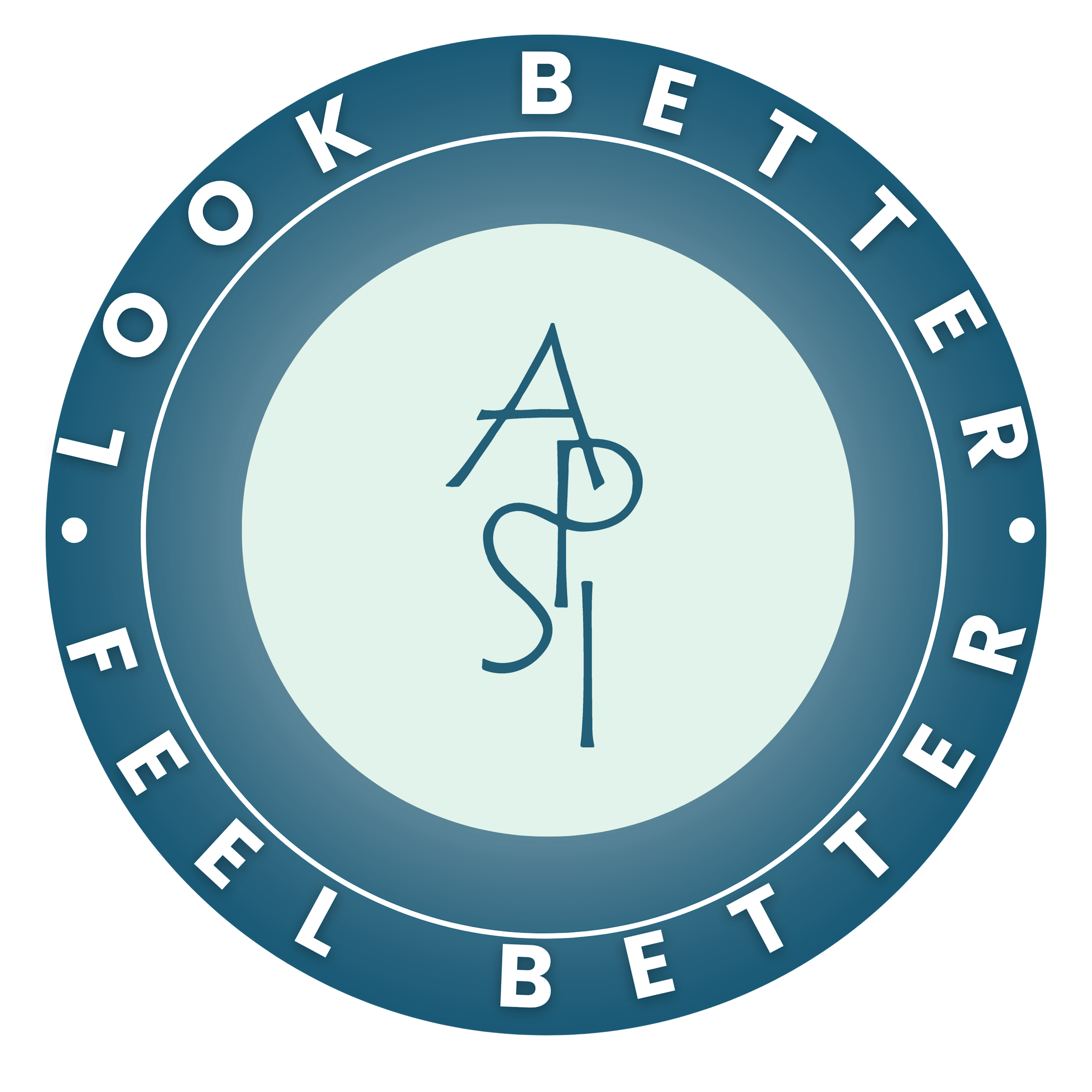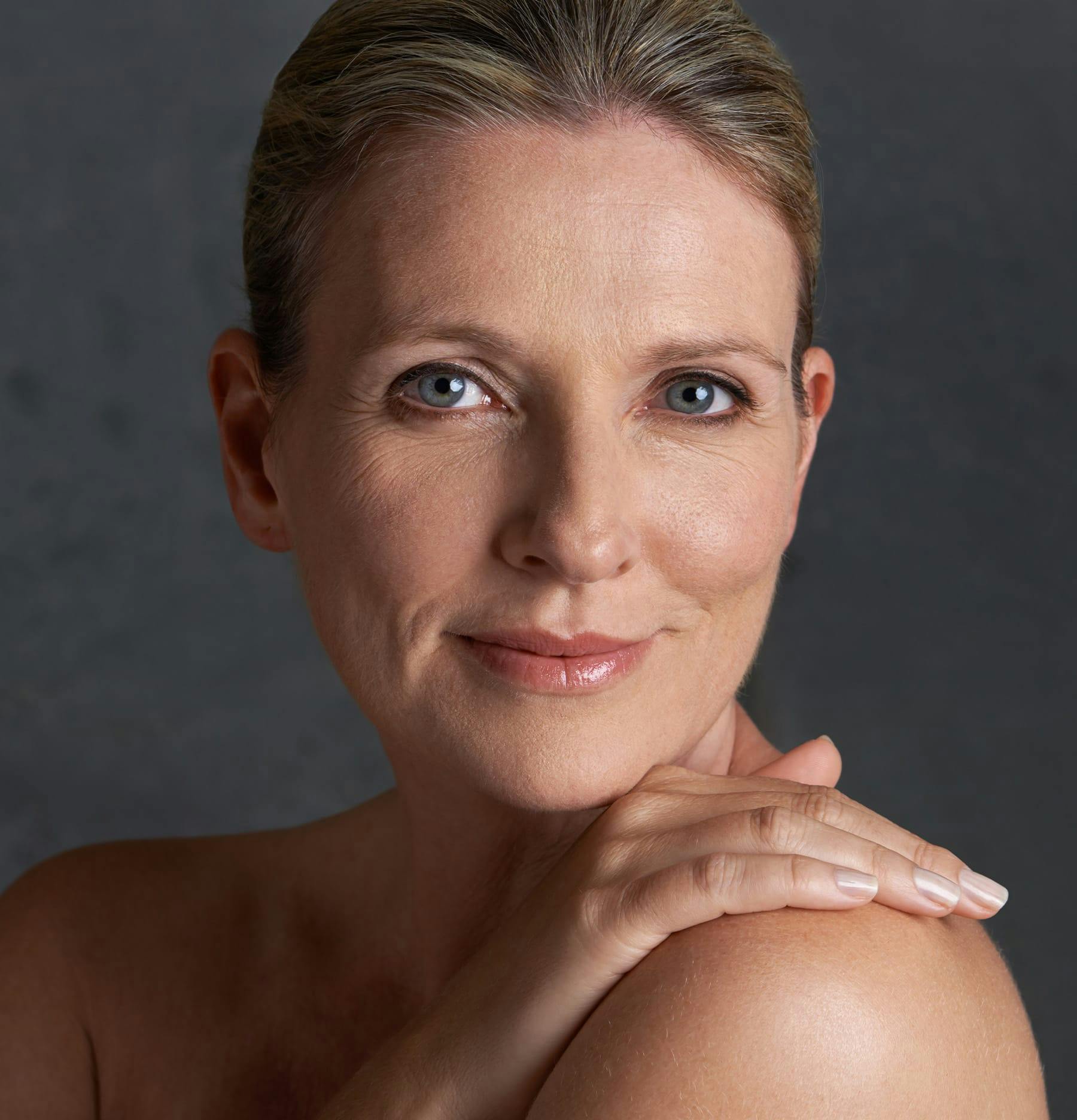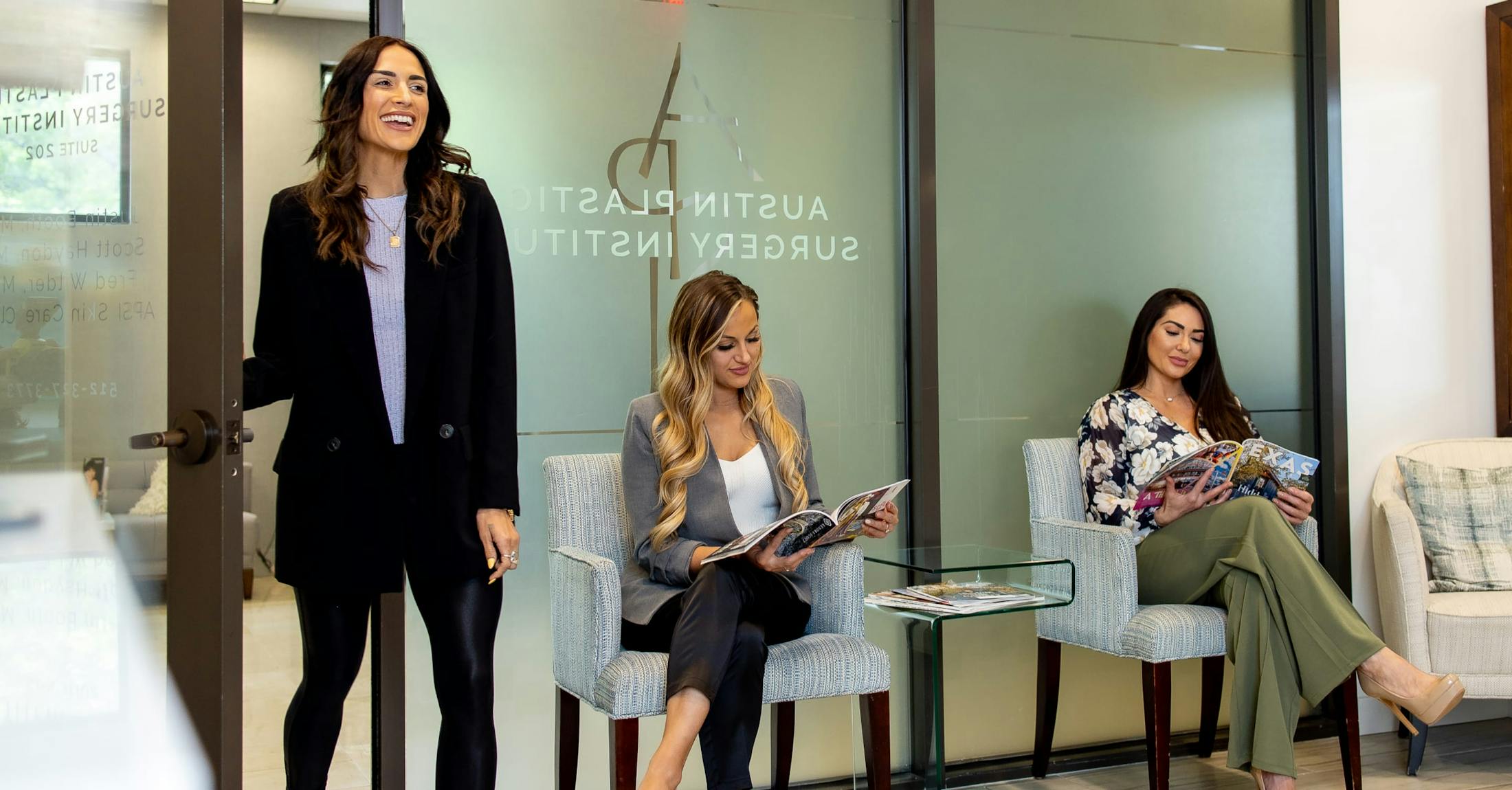Growing older doesn’t have to mean losing your good looks. Many treatments and procedures exist to enhance your beauty and preserve your youthfulness. A facelift is a surgical procedure that helps you look like a younger version of yourself by removing sagging skin and lifting and tightening facial tissue.
Am I a good candidate?
The best candidates for facelift surgery can relate to the following:
- Sagging facial skin
- Facial wrinkles
- Loose skin and fat under the chin
A suitable candidate for a facelift procedure is:
- A healthy person without any underlying medical condition that would interfere with post-operative healing and recovery
- A non-smoker, since smoking can negatively affect the health of the skin
- Somebody with realistic expectations from their facelift surgery






